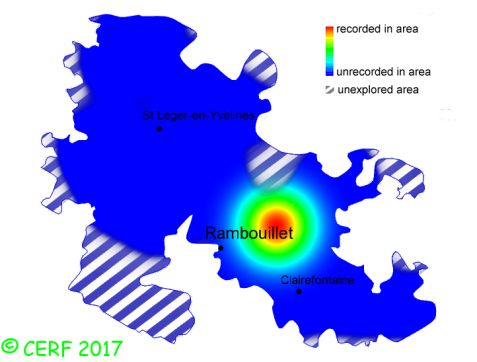common name(s) : Russet Brittlegill, Foxy Russula
New classification: Basidiomycota/Agaricomycotina/Agaricomycetes/Incertae sedis/Russulales/Russulaceae
Former classification: Basidiomycota/Homobasidiomycetes/Agaricomycetideae/Russulales/Russulaceae
synonyms: Russula elephantina
edibility : edible, good
|
|
|
The cap is yellow-brown to red-brown.
The cap surface is smooth.
The stem is white washed with brownish, without ring.
The flesh is white or yellowish, turning brown with age; its taste is mild;
its texture is grainy (breaking like a chalk stick).
The gills are cream to yellowish, free, crowded .
The spore print is cream. This species is mycorrhizal.
It grows on the ground, in coniferous woods, on a rather acid soil, with spruce, larch.
The fruiting period takes place from July to November.
| Dimensions: | width of cap approximately 11 cm (between 4 and 20 cm) |
| | height of stem approximately 8 cm (between 3 and 12 cm) |
| | thickness of stem (at largest section) approximately 25 mm (between 15 and 40 mm) |
Chemical tests : flesh becoming bright orange when in contact with iron sulphate; positive reaction to Ga´ac (bright blue); negative reaction to sulpho-vanillin.
Distinctive features : brown cep-coloured cap; earth or humus often stuck to cap top surface (cap develops in humus); cream-yellow gills; stem soon hollow, with cavities; white flesh getting slightly brown; on high ground
Russula mustelina is rare and confined in the forest of Rambouillet, and is infrequent, more generally speaking
.
|  | | Above : distribution map of Russula mustelina in the forest of Rambouillet |
|
page updated on 14/01/18